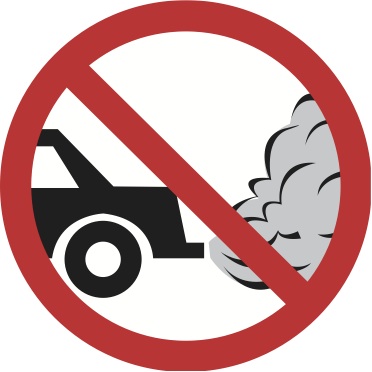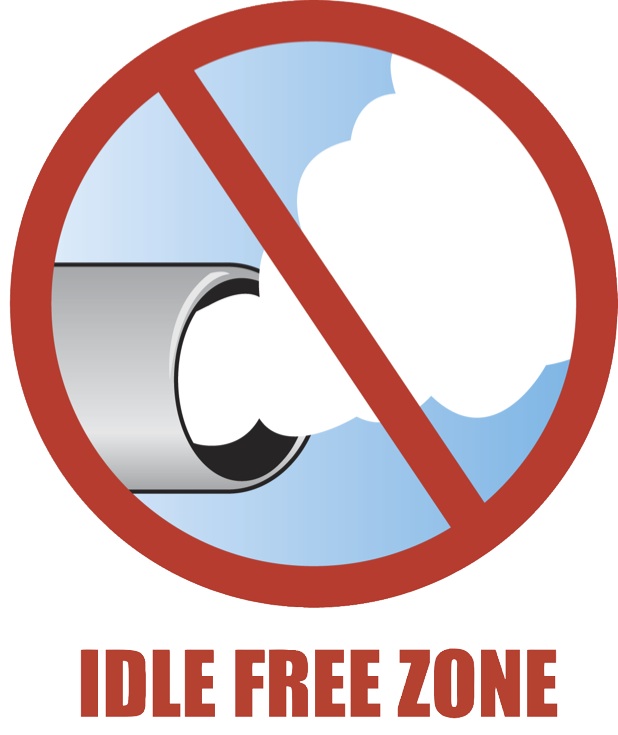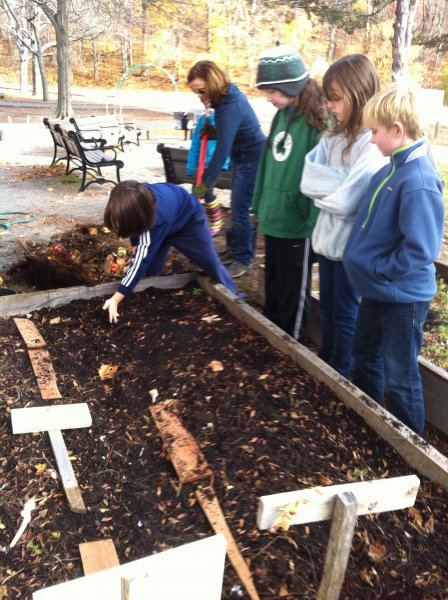Aluminum
- Aluminum can be recycled using 5% of the energy used to make the original product.
- Recycling a single aluminum can saves enough energy to run a television or computer for three hours.
- Americans throw enough aluminum away every three months to rebuild our entire commercial air fleet.
- Using recycled aluminum instead of virgin materials decreases water and air pollution and energy use by 95%.
- You can make 20 cans out of recycled material with the same amount of energy it takes to make one new one.
Glass
- Recycling 1 glass bottle saves enough energy to light a 100-watt light bulb for 4 hours.
- Americans throw away over 11 million tons of glass bottles and jars each year.
- Recycling saves 25-30% of the energy used to make glass from virgin materials.
Plastics
- Americans throw away enough plastic bottles each year to circle the earth four times.
- Every hour, we throw away 2.5 million plastic bottles (22 billion plastic bottles per year).
- Five recycled plastic bottles make enough fiberfill to stuff a ski jacket.
Steel
- Every ton of steel recycled saves 2,500 pounds of iron ore, 1,400 pounds of coal, and
120 pounds of limestone.
- Enough energy is saved each year by recycling steel to supply Los Angeles with electricity for
almost 10 years.
- The steel industry recycles nearly 19 billion steel cans into new products each year – about 600 cans recycled every second!
Paper
- Recycling one ton of paper saves 17 trees.
- Every Sunday, the U.S. wastes nearly 90% of all the recyclable newspapers. This wastes about 500,000 trees.
- One tree can filter up to 60 pounds of pollutants from the air each year.
- Americans use more than 67 million tons of paper per year, or 580 pounds per person.
- More than 1/3 of all paper fiber used to make paper comes from recycled paper.
Composting Facts
- Almost one third of the waste stream by weight are organic materials like food, leaves, and grass.
- Each person in Massachusetts creates about 530 pounds of food and yard waste each year. If all that material was piled onto a football field, the pile would be 2,067 feet high, higher than Mt. Wachusett.
- If wasted food was a country, it would be the third largest producer of carbon dioxide in the world, after the US and China.
- A 1000-square-foot area of lawn can generate up to 500 pounds of grass clippings in
a single growing season.
- Use of compost can reduce the need and use of synthetic fertilizers and pesticides.
Junk Mail
- Americans receive almost 4.5 million tons of junk mail per year.
- About 44% of junk mail is never opened.
- Every person in the US receives the equivalent of one and a half trees per year or
approximately 560 pieces of junk mail per year.
- The average person gets 1.5 personal letter per week compared to 10.8 pieces of junk mail.
- The average household throws away 13,000 separate pieces of paper each year – mostly packaging and junk mail.
- Approximately 13% of the solid waste mass that makes up our landfills are paper and paperboard.
- 100 million trees are ground up each year to produce junk mail.
- Your name is typically worth 3 to 20 cents each time it is sold.


